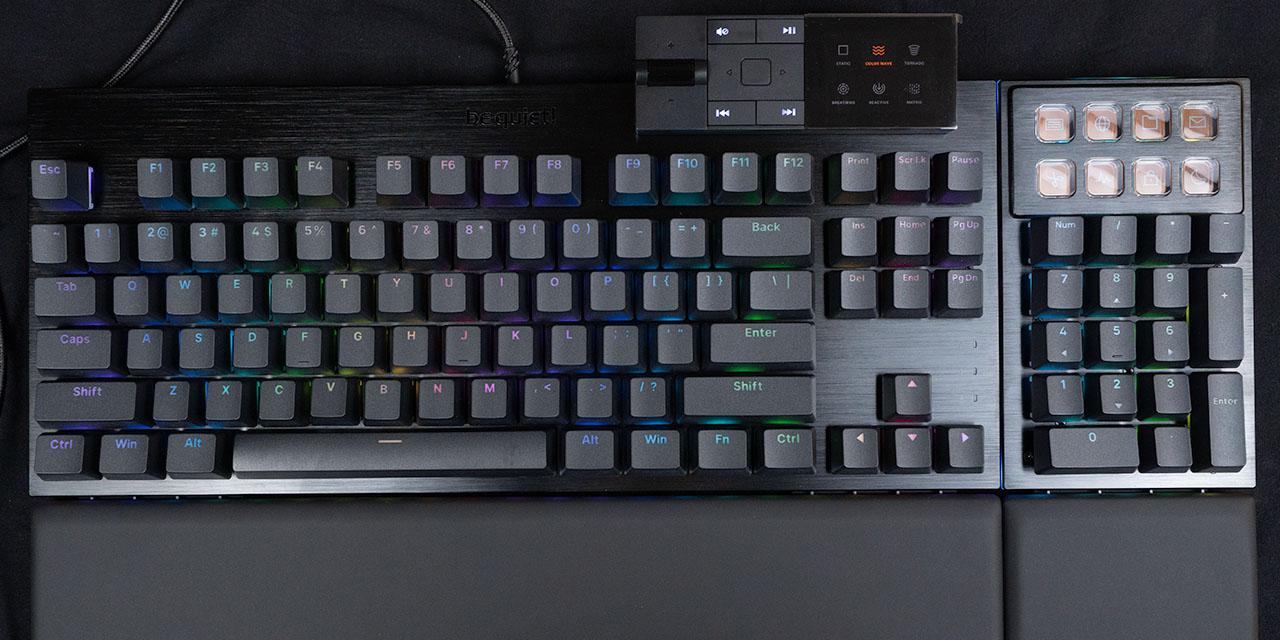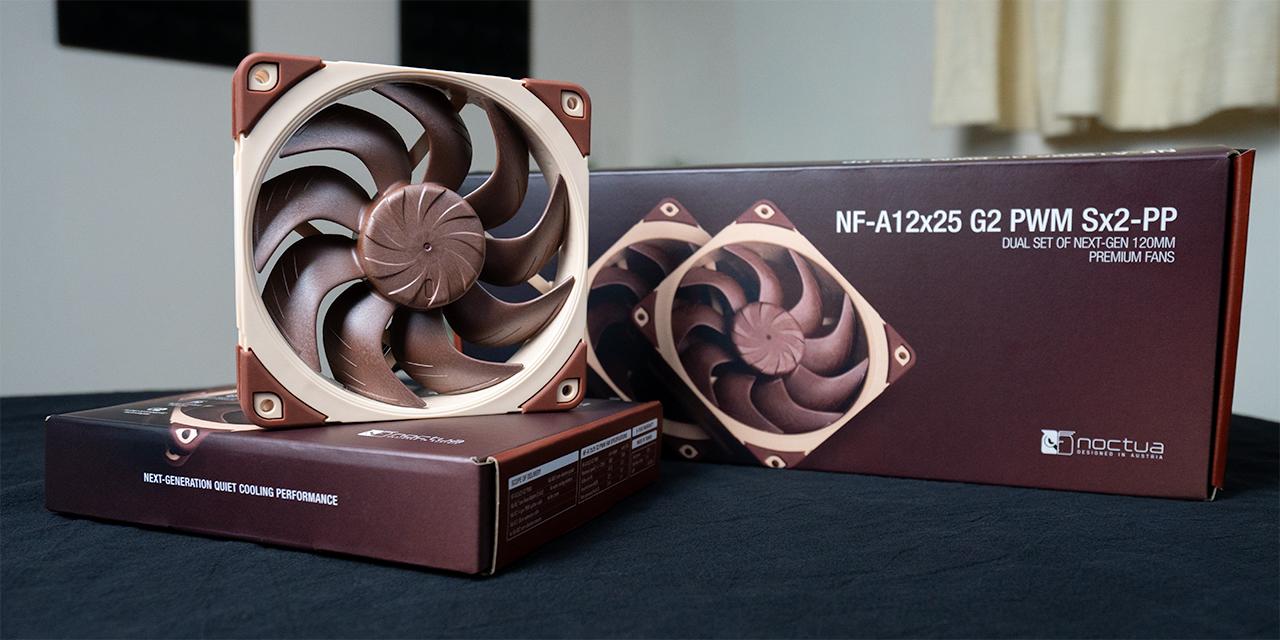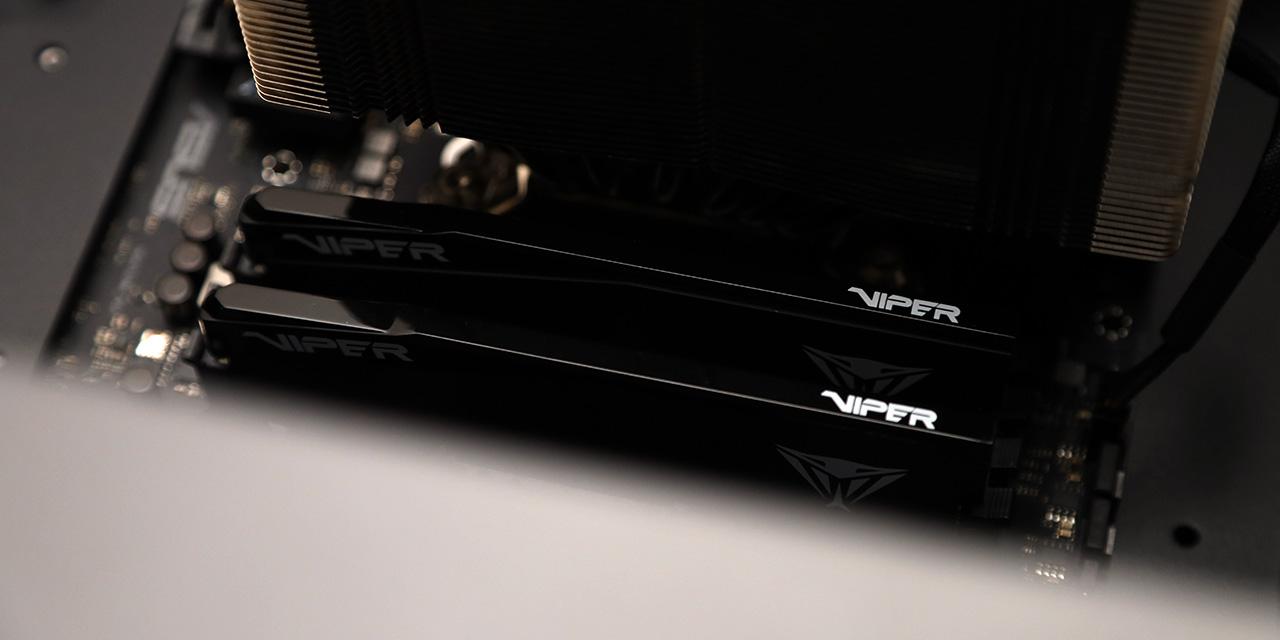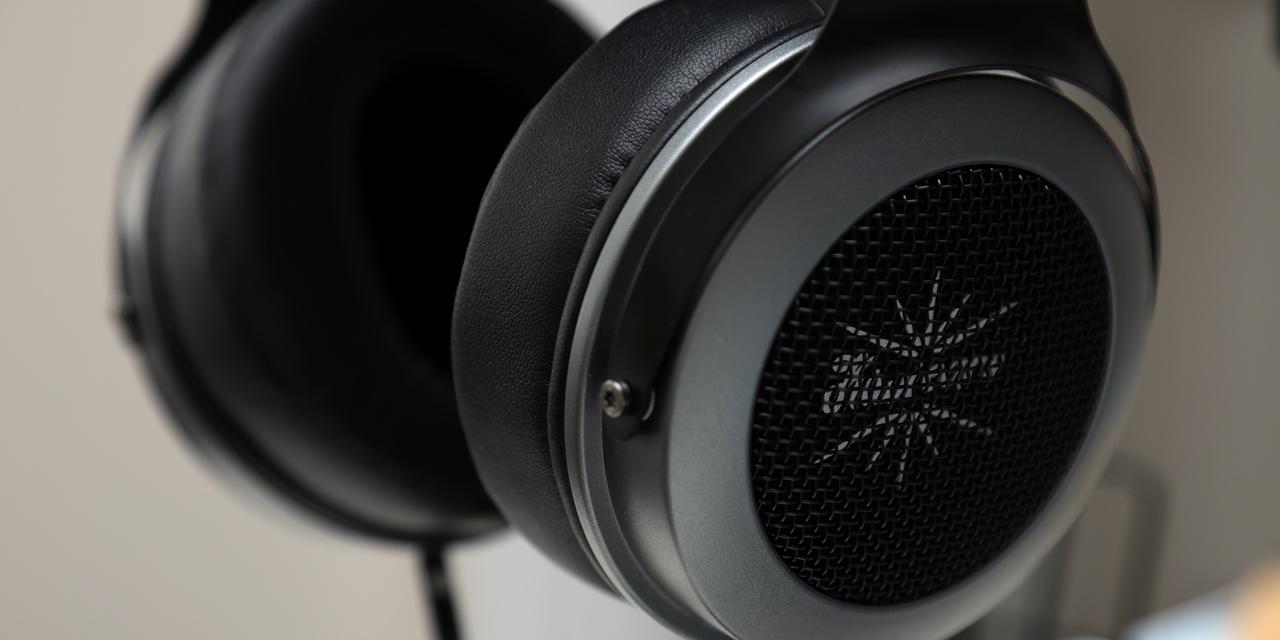Page 4 - Minor Tests and Conclusion
Power supplies are interesting products -- because often, reviews of products in this category are conducted and tested in methods that make it difficult to distinguish one power supply from another. Many aspects have to be taken into consideration -- of which certain criteria consists of efficiency, noise, power ripples, and of course the ability to pull out the rated specifications. Because many cannot afford such equipment to obtain results regarding those aspects, articles covering power supplies often come out with less than adequate and acceptable information. As this is a product report -- not a review -- what we are doing is a close examination of the power supply, and the internal hardware and build. But what we can do for you is do some minor testing with the results we can present to you with, and let other review sites with professional equipment show you the actual test results. We're not going to try to BS you by installing the power supply into the latest gaming rig and try to take readings from that, as this is not even remotely the correct way to test power supply units. We understand that many websites do that as a means of load testing, but the results, even if you use an oscilloscope and multimeter at each output location, it is not sufficient, nor does it accurately reflect the performance of the power supply.
Using our power supply tester which exerts minimal load on the power supply, the initial consumption was 10W as measured by our wall meter unit -- indicating that the basic load-free power consumption of the power supply is about the average. The lowest we've seen is the Seasonic M12II 500W at 8W, but that is a lower wattage power supply. For reference, however, the Cooler Master Silent Pro M 1000W that recently passed by APH Networks also has a minimum power draw of 8W. Independent reviews from websites with professional load testing equipment showed the OCZ ZX Series power supplies delivered excellent efficiency, voltage regulation, and ripple across the board -- right up to its rated wattage. This includes its 80 Plus Gold certification.
Voltages with minimal load are generally accurate, which is a basic requirement of power supplies out of the box. In this situation all are within 4%. The PG (Power Good) delay seems to be well within its rated range and general power supply standard of 330ms.
Active power correction is important to correct AC load line loss. In AC power, there are three components to it; as there is a phase difference between current and voltage. This makes up the power triangle, which consists of the following: Average usable power (P, measured in watts), reactive power (Q, denoted as VA-R), and total power (S, written as VA). While they all have the same physical units, it is not the same thing as aforementioned. What we want is the average usable power -- with as little wasted reactive power as possible. The total power provided over the AC line is the magnitude of the two combined (sqrt(P^2+Q^2)). Power factor can then be easily calculated by P/S. The ideal value is 1.00, and this is where active PFC comes in. A nominal load of 220W (~25%) on the OCZ ZX Series 850W had the power factor between 0.96 and 0.97. As the load increases, the PF should approach 0.99.
The OCZ ZX Series 850W is a decently quiet power supply, as one would expect from a unit with a bottom mounted 140mm fan. Under regular load, the ZX is almost inaudible; but the Yate Loon fan motor isn't very smooth running in my opinion -- so you will hear some switching/buzzing noise if you listen closely and carefully enough. While this is very subjective, I am quite a picky person on noise and the loudest component in my entire system is my Western Digital Caviar Blue hard disk. On a scale from 0-10 where 0 is silent and 10 is the loudest, I would rate the OCZ ZX Series 850W to be at 2.8/10 acoustically under nominal loads. Even under load, I was not able to stress this power supply sufficiently with my computer -- which I would consider to be reasonably powerful by today's standards -- to let the fan kick in. It should be safe to assume that once you punch it to over 50%-60% of its maximum capacity, the fan will spin up like all products in this category, resulting in some turbulence noise. Judging by its internal design in conjunction with the relatively quiet fan motor, this should not be a too much of an issue, since if you are capable of drawing that much power, other fans in your system will spin up to take care of the heat as well. Most people won't have a computer that uses that much power anyways, especially in idle conditions. Overall, in terms of noise, the OCZ ZX Series 850W should not disappoint most quiet PC enthusiasts.
OCZ provided this product to APH Networks to facilitate this report.

The OCZ ZX Series 850W modular power supply delivers what it promises -- relatively good efficiency and performance combined with commendably quiet operation. To my understanding, it has also done fairly well in load testing from our affiliates with professional load testing equipment. However, for about $170 after rebate at press time, we would like to see some better hardware under the hood. What you do get from OCZ that you don't get from every other brand, however, is their excellent warranty and service after purchase.
Do you have any comments or questions about the OCZ ZX Series 850W? Drop by our Forums. Registration is free, and it only takes a minute!
Page Index
1. Introduction, Packaging, Specifications
2. Physical Look - Outside
3. Physical Look - Inside
4. Minor Tests and Conclusion





